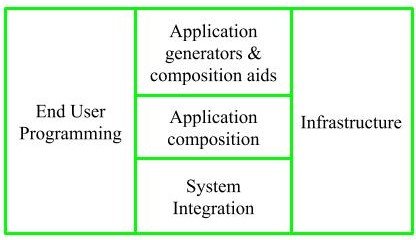

#Cocomo model in software engineering diagram drivers#
Intermediate COCOMO takes these Cost Drivers into account and Detailed COCOMO additionally accounts for the influence of individual project phases. The first level, Basic COCOMO is good for quick, early, rough order of magnitude estimates of software costs, but its accuracy is limited due to its lack of factors to account for difference in project attributes ( Cost Drivers). The need for the new model came as software development technology moved from mainframe and overnight batch processing to desktop development, code reusability, and the use of off-the-shelf software components.ĬOCOMO consists of a hierarchy of three increasingly detailed and accurate forms. COCOMO II is the successor of COCOMO 81 and is claimed to be better suited for estimating modern software development projects providing support for more recent software development processes and was tuned using a larger database of 161 projects.

In 1995 COCOMO II was developed and finally published in 2000 in the book Software Cost Estimation with COCOMO II. References to this model typically call it COCOMO 81. These projects were based on the waterfall model of software development which was the prevalent software development process in 1981. The study examined projects ranging in size from 2,000 to 100,000 lines of code, and programming languages ranging from assembly to PL/I. It drew on a study of 63 projects at TRW Aerospace where Boehm was Director of Software Research and Technology. Boehm in the late 1970s and published in Boehm's 1981 book Software Engineering Economics as a model for estimating effort, cost, and schedule for software projects. The constructive cost model was developed by Barry W.


 0 kommentar(er)
0 kommentar(er)
